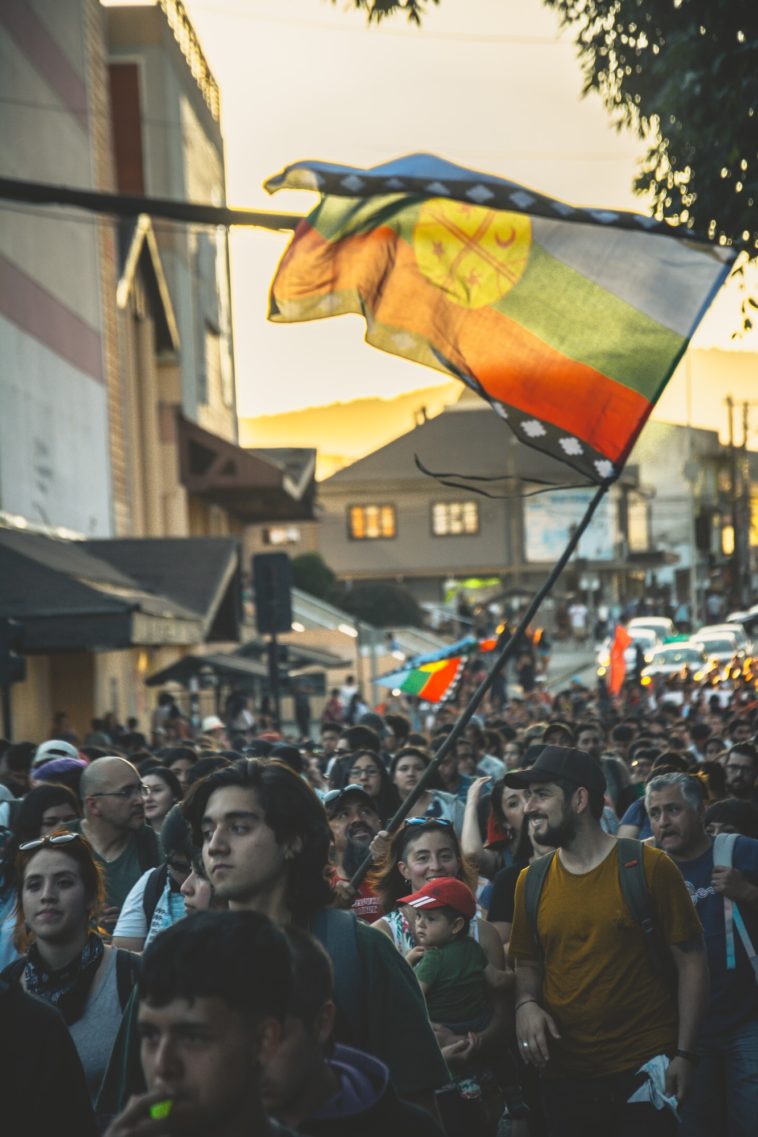The residents of Chile, often referred to as Chileans, comprise both those born in the country and individuals who have settled there over the years. The ethnographic landscape of Chile is primarily a blend of Spanish and indigenous Amerindian influences, although there are also significant contributions from European immigrants who arrived during the 19th and 20th centuries.
Ethnic Background
The lineage of the Chilean population is a captivating tapestry. On one hand, you have the influence of the Spanish colonizers, who arrived in the 16th century. On the other hand, the indigenous Amerindian groups such as the Mapuche and the Aymara have also left an indelible mark on the country’s cultural identity.
Table of Prominent Ethnic Groups in Chile
| Ethnic Group | Percentage of Population | Notable Contributions |
|---|---|---|
| Spanish | Approx. 50% | Language, Religion, Cuisine |
| Amerindian | Approx. 35% | Folklore, Handicrafts, Traditional Medicine |
| European | Approx. 15% | Business Practices, Architecture |
Socioeconomic Status and Ethnicity
Interestingly, one can observe a fairly direct relationship between the ethnic background and the socioeconomic status of Chilean people. Those belonging to the lower-income brackets often have a higher percentage of Amerindian ancestry. Meanwhile, the more affluent classes are usually of predominantly European descent.
The Effects of Ancestry on Society
These ethnic and socioeconomic correlations don’t just exist in a vacuum; they have a tangible impact on daily life in Chile. For example, your chances of attending a prestigious university or landing a high-paying job can often be influenced by your background. In a way, this has created a society where heritage plays a substantial role in determining one’s life opportunities.
Cultural Fusion
Despite these divisions, what makes Chile fascinating is its cultural richness. The fusion of Spanish, Amerindian, and European cultures has led to a unique blend that is evident in the country’s cuisine, music, and festivals. You’ll find empanadas—a type of pastry filled with meat or cheese—that owe their origins to both Spanish and Amerindian traditions. The country’s music is another testament to this blend, with styles ranging from the Cueca, which is the national dance, to folk music inspired by European rhythms.
A Melting Pot
In essence, Chile is a melting pot, and it continues to evolve as people from other parts of the world make it their home. Whether it’s the Germans who’ve settled in the South, contributing to the architectural landscape, or the increasing number of Asians influencing the business sector, the demographic fabric of Chile is ever-changing.
The Influence of Religion
Religion is another area where the influence of various cultures can be seen. The majority of Chileans are Roman Catholic, a faith brought by the Spanish colonizers. However, there is also a significant Protestant community, which is mostly a result of European immigration. Indigenous spiritual practices continue to be observed, particularly in rural areas.
Table of Important Religious Groups in Chile
| Religion | Percentage of Population | Impact on Culture |
|---|---|---|
| Catholicism | Approx. 66% | Festivals, Architecture |
| Protestantism | Approx. 16% | Community Structure |
| Indigenous Beliefs | Approx. 3% | Spiritual Practices |
Key Takeaways
- Chilean society is a unique blend of various ethnicities, primarily Spanish and Amerindian, with a significant European influence.
- The ethnic background often correlates with the socioeconomic status of individuals, creating divisions but also a rich tapestry of cultural diversity.
- The cultural fusion is evident in different aspects of daily life, such as cuisine, music, and festivals.
- Chile continues to evolve as it welcomes immigrants from various parts of the world, adding new threads to its already diverse ethnic tapestry.
- Religion also plays a significant role in shaping the cultural landscape, with Catholicism being the dominant faith, but other spiritual beliefs also coexisting.
In a nutshell, Chile is a nation that offers a compelling study in diversity, showing how various cultures and traditions can coalesce into something uniquely beautiful. The challenges stemming from socioeconomic differences based on ethnicity are real, but they’re part of a larger, more intricate picture that makes Chile what it is today.





